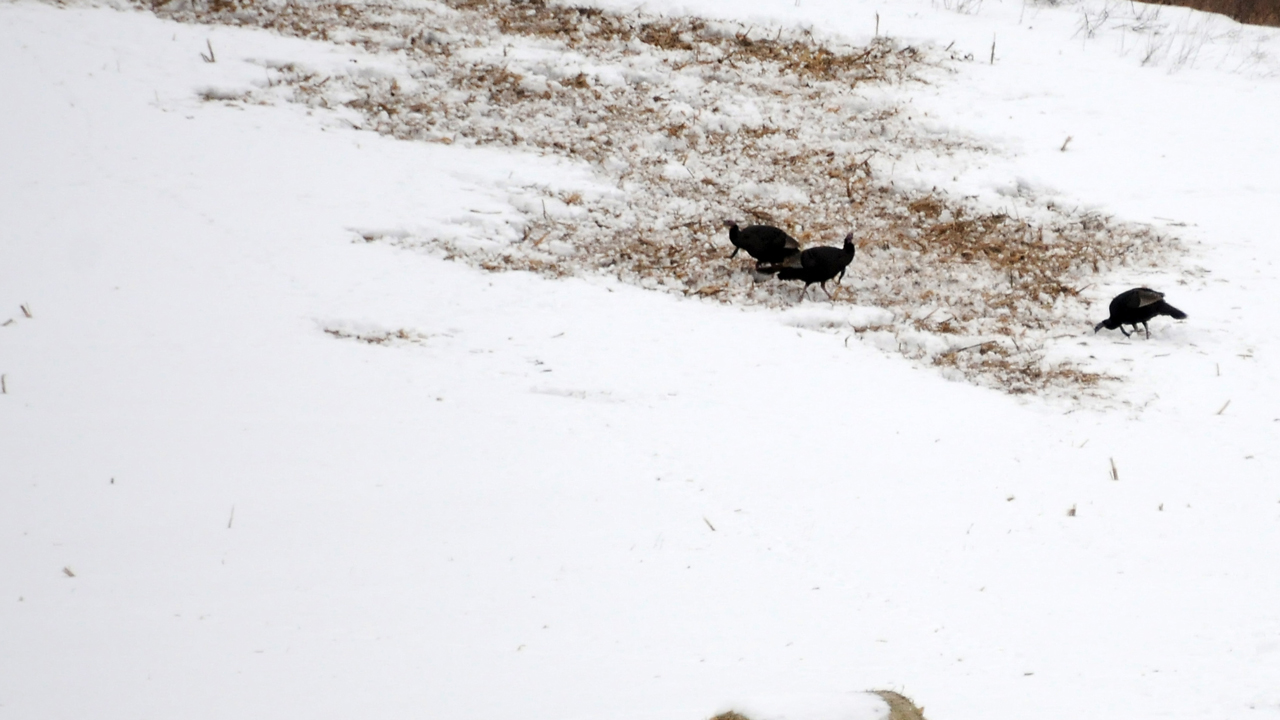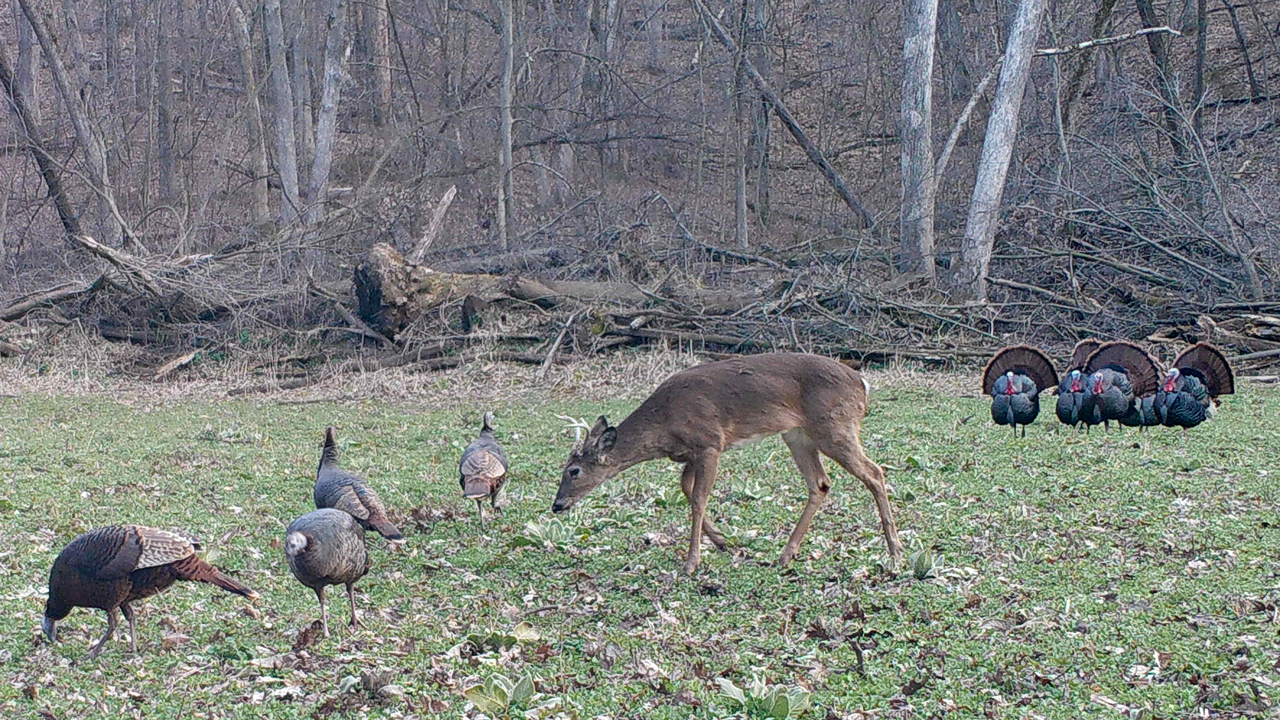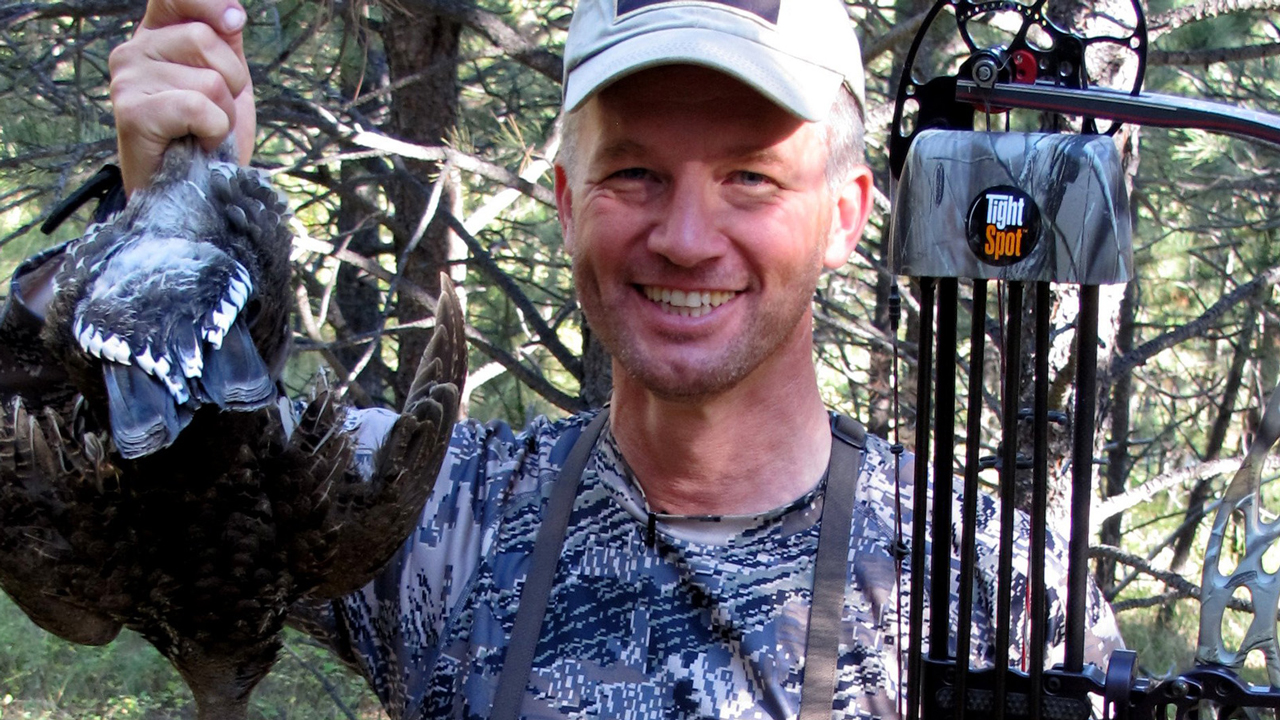You know life must be too leisurely when folks find time to craft conspiracies involving the wild turkey.
For instance, almost since the turkey reclaimed its place in wild and rural Wisconsin, Minnesota and Michigan about 40 years ago, it’s been blamed for everything from crop failures to livestock blight, mostly without cause.
At least with farm-related charges, it’s easy to conceive a connection, however loose. Turkeys hammer some crops early in the growing season, often in plain sight while feeding in fields and near barnyards. If nothing else, they’re spotted at the crime scene, even if witnesses can’t see what the birds are eating unless they have quality binoculars or a spotting spot.

Turkeys have done well across the Upper Great Lakes states since reintroduction work began about 40 years ago.
But how can someone blame the wild turkey for putting the pinch on the region’s populations of ruffed grouse and white-tailed deer? Oh, yes, such charges have been leveled at turkeys for at least the past two decades, even though the accusations defy logic.
Farmland deer numbers have been at historical highs for nearly 40 years across much of the Great Lakes states, and grouse cycles have long been an accepted part of the bird’s nature. So some of us won’t bother trying to explain the accusations.
What have turkeys done to trigger such accusations? Granted, the hen turkey’s face is as ugly as a buzzard’s, but that’s about the worst thing we can say about a bird whose roots in this nation dig far deeper than our own. To consider turkeys a controlling factor in the population dynamics of other native species is nonsense. Even so, no matter what is written here today, some folks will continue blaming wild turkeys for any downturn — real or imagined — in deer and grouse numbers.

Wild turkeys don’t cause population declines for ruffed grouse and white-tailed deer.
Which is probably futile to fight. For one thing, most people don’t need to be persuaded. When they hear something ridiculous, they blow it off by saying, “Consider the source.” They won’t dignify silliness with a response. They wisely entrust such energy drains to outdoor communicators and university researchers.
This reminds me of an old press release I still have in my computer. It featured Scott Lutz, a wildlife ecologist at the University of Wisconsin-Madison, who assured folks that wild turkeys won’t hurt grouse populations. The press release quoted Lutz: “While you can find newly arrived turkeys in former grouse-only woods, the birds’ differing habits and food preferences ensure neither is likely to displace the other. … Damage generally occurs when exotic [foreign] species invade new territory. It rarely happens with native species — turkeys and grouse, for example — that have historically coexisted.”
Many who blame wild turkeys for deer and grouse problems point out that all three love eating acorns. These folks worry that the pushy turkey will out-compete the more timid species. Lutz logically refuted that reasoning:
“Deer, grouse and turkeys (along with squirrels, wood ducks and many other animals) all eat acorns. When you consider the acorns eaten by a 1.5-pound grouse vs. a 15-pound turkey vs. a 150-pound deer, turkeys aren’t the major factor in acorn disappearance. Grouse don’t build up fat reserves before winter, so they’re not affected if turkeys or deer eat all the acorns in fall, when plenty of other food is available. Once the remaining acorns are buried under snow, they’re not a factor in grouse diets.’’

In healthy habitats, native species seldom out-compete other native species. For bowhunters like Randy Newberg, ruffed grouse provide good hunting opportunities. (Randy Newberg photo)
Lutz suggested the more likely problems grouse face are human development and maturing forests. In other words, lost habitat. Things like shopping malls, golf courses and subdivisions put bigger hurts on grouse and deer than turkeys could do on their most hungry and hostile day.
Still, some of us have been reporting on such issues for so long that we don’t expect doubters to suddenly embrace scientific explanations. Their minds were made up long ago, and one university-issued press release won’t sway them now.
So maybe we’ve simply convinced those who didn’t know the “problem” even existed.
Well, it’s a start. The system works. But just not very quickly.

 By
By 



